Chol Chnam Thmay is a new year festival according to the traditional calendar of the Khmer people.
In 2025, this festival takes place from April 14-16, not only an occasion for Khmer people to gather and celebrate Tet with their families, but also an opportunity to strengthen community solidarity, join hands to build and develop the homeland and country after 50 years of national reunification.
Welcome Chol Chnam Thmay with new joy
In early April 2025, Khmer people in localities in the Mekong Delta region are busy preparing to celebrate Chol Chnam Thmay. Similar to the traditional New Year of other ethnic groups, during the New Year, Khmer people also clean, tidy up, and redecorate their houses.
The family of Ms. Thi Uol (Ninh Thanh Dong Hamlet, Ninh Thanh Loi Commune, Hong Dan District, Bac Lieu Province) is in a particularly difficult situation. This Tet is truly meaningful as her family can welcome the new year in a spacious, solid house that has just been built thanks to support from the district's "Elimination of temporary and dilapidated houses" program.
Recalling the previous years when she lived in a dilapidated, run-down house, Ms. Thi Uol could not hide her joy and emotion as she shared: "Thanks to the local government's care and support, my family has a solid house. This year's Chol Chnam Thmay can be said to be the happiest Tet ever."

The joy of welcoming the New Year in new houses also came to hundreds of Khmer households in Bac Lieu. The Department of Ethnic Minorities and Religions of Bac Lieu province informed that, implementing the program "Eliminating temporary and dilapidated houses," the whole province has 176 Khmer houses that need to be repaired or rebuilt.
The province is striving to complete all of these houses before Chol Chnam Thmay so that people can celebrate the traditional New Year happily and warmly in their new homes.
In Tra Vinh, where the Khmer people account for 31.53% of the province's population, the provincial Vietnam Fatherland Front Committee said that the province has implemented 3 phases of building and repairing houses for poor households, near-poor households, and households with housing difficulties with 983 houses. Of these, 447 houses were newly built and 536 houses were repaired with a total cost of 42.9 billion VND.
In addition, 89 poor ethnic minority households received housing support under the National Target Program on Socio-Economic Development in Ethnic Minority and Mountainous Areas for the 2021-2030 period.
Soc Trang province has about 400,000 Khmer people living, accounting for more than 30% of the province's population. People also welcome the new year Chol Chnam Thmay 2025 with joy about the changes and prosperity in their homeland.
According to the assessment of the People's Committee of Soc Trang province, the face of ethnic minority areas in the province is changing dramatically. Material and spiritual life has improved significantly, the rate of poor households has decreased sharply, currently, the number of poor Khmer households has decreased to 1,961 households, accounting for more than 1.9%.
Cultural activities and festivals are preserved, maintained and increasingly developed, enriching the spiritual life of the community.
Cultural life of Khmer ethnic group flourishes
These days, Khmer people and monks in all villages and hamlets in the Mekong Delta and many localities in the Southeast region come together to wish each other good luck, give lucky money, show filial piety, and pray for a new year of peace, prosperity, warmth, and happiness.
This year's Chol Chnam Thmay festival is even more meaningful for the Khmer people as they, along with other ethnic groups, celebrate the 50th anniversary of the country's reunification. After 50 years of unification, life, including the cultural life of the people of the South and the Khmer people in particular, has revived strongly.
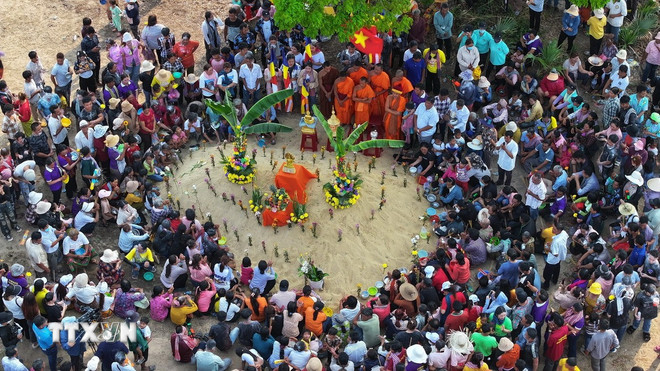
Expressing his excitement about the changes and development in the Khmer ethnic minority area, Venerable Tang Sa Vong - Vice President of the Association of Patriotic Buddhist Monks and Monks of Bac Lieu province, abbot of Buppharam pagoda (Hung Hoi commune, Vinh Loi district, Bac Lieu province) emphasized that in recent years, with the attention, support and facilitation of the Party and State, all levels from the central to local levels have focused on implementing and effectively deploying programs and projects to develop the socio-economic development of ethnic minority areas in the province, and implementing social security well, the material and spiritual life of Khmer people and monks has been constantly improved and raised in all aspects.
Cultural activities and festivals of the people are given attention and solemnly organized in accordance with the rituals and customs of the people.
Venerable Chau Hoai Thai, Member of the Executive Council, Deputy Chief of Office 2 of the Central Committee of the Vietnam Buddhist Sangha, shared that the cultural and religious life of the Khmer people has been improved in recent years, clearly demonstrated through many aspects, including the renovation, upgrading, and construction of new religious and belief facilities. In particular, Khmer Theravada Buddhist pagodas are clear evidence of that.
According to researchers, the spiritual life of the Khmer people is closely linked to pagodas. These are not only places to practice religious teachings but also cultural and educational centers, places to unite the community and pass on moral values and noble lifestyles to generations.
Therefore, the provinces and cities in the South where the Khmer people live always pay special attention to investing in renovating pagodas. Along with that, festivals such as Chol Chnam Thmay, Sene Dolta... are maintained and organized annually, creating an exciting atmosphere and community solidarity.
Pagodas have become tourist attractions, contributing to the development of tourism services. According to the Department of Ethnic Minorities and Religions of Kien Giang province, currently 8/76 Khmer pagodas and towers in the province are ranked as historical and cultural relics.
The Khmer Buddhist pagodas have been renovated and become attractive destinations for visitors from all over the province, such as Tong Quan, Cai Ban, Lang Cat, Soc Xoai, Xeo Can...
In Ho Chi Minh City, Chantarangsay (Candiransi) Pagoda is located on Hoang Sa Street, District 3, the first Khmer Theravada Buddhist pagoda built in the old Saigon area, with a hundred years of history, it has become a major cultural and religious center of the Khmer people in the city and surrounding areas. This is also a unique tourist attraction, attracting domestic and international visitors.
"The positive change in the cultural and religious life of the Khmer people can be clearly seen in the appearance of many new Khmer Theravada Buddhist pagodas built in new lands," said Venerable Chau Hoai Thai, abbot of Tong Kim Quang Pagoda (An Binh Commune, Phu Giao District) - the first Khmer Theravada Buddhist pagoda in Binh Duong Province.
Construction started in 2019, and by April 2025, Tong Kim Quang Pagoda is entering the stage of completing the main items.
For many years, Tong Kim Quang Pagoda has become an important spiritual support for Khmer people in Binh Duong and neighboring areas, including thousands of workers from the southwestern provinces, and is also a testament to the integration and development of the Khmer community in the community of Vietnamese ethnic groups./.
Source: https://www.vietnamplus.vn/chol-chnam-thmay-nam-2005-nam-moi-dac-biet-voi-dong-bao-khmer-post1027579.vnp




![[UPDATE] April 30th parade rehearsal on Le Duan street in front of Independence Palace](https://vstatic.vietnam.vn/vietnam/resource/IMAGE/2025/4/18/8f2604c6bc5648d4b918bd6867d08396)

![[Photo] Prime Minister Pham Minh Chinh receives Mr. Jefferey Perlman, CEO of Warburg Pincus Group (USA)](https://vstatic.vietnam.vn/vietnam/resource/IMAGE/2025/4/18/c37781eeb50342f09d8fe6841db2426c)

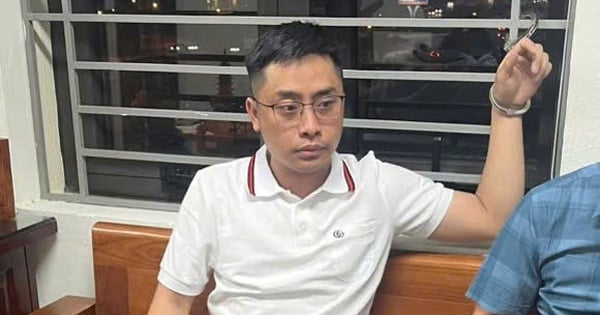
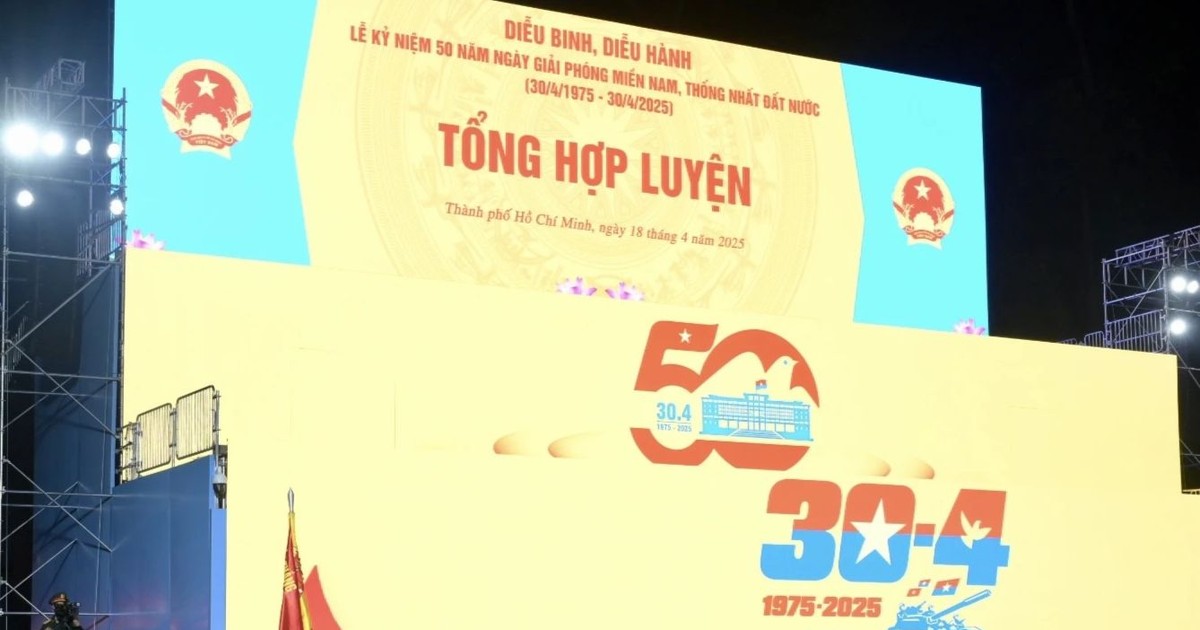
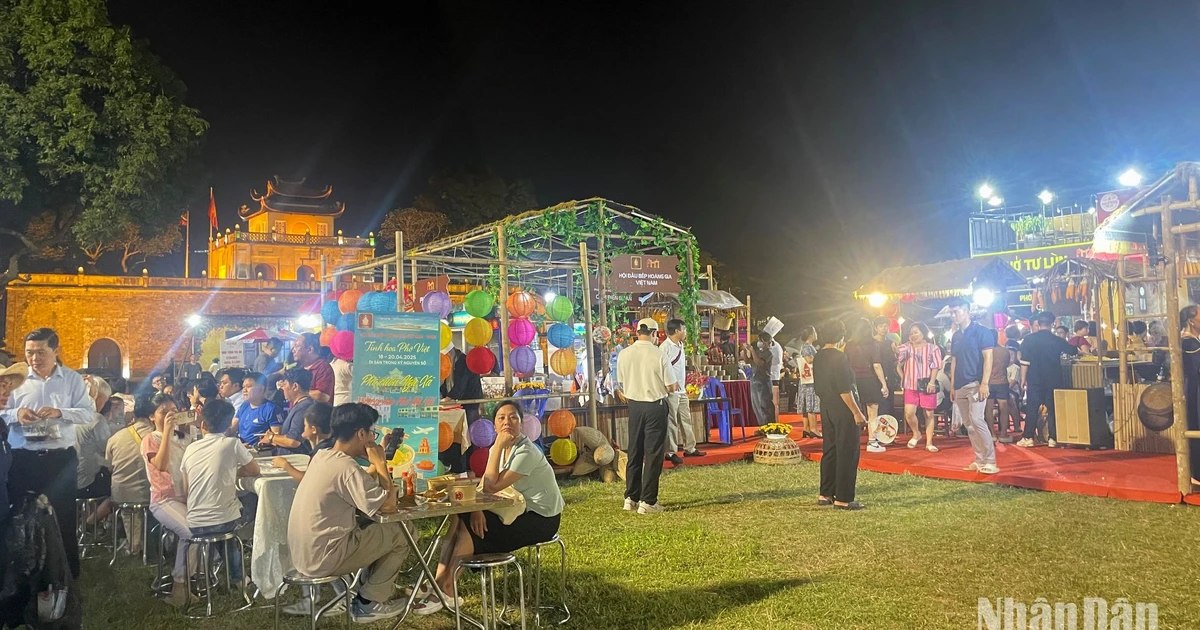
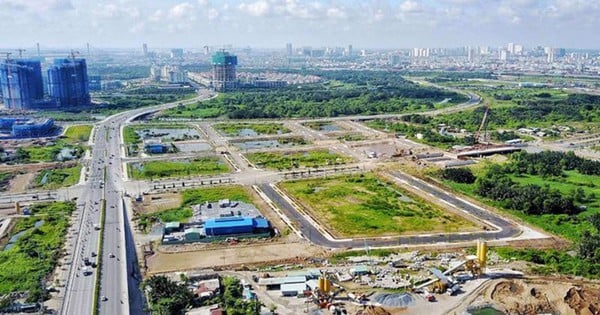
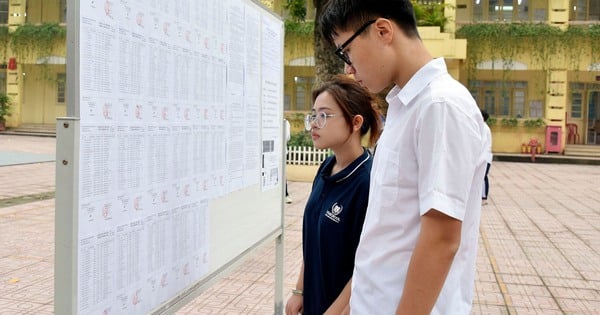
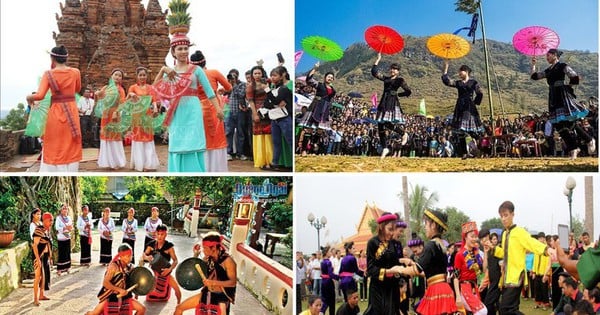





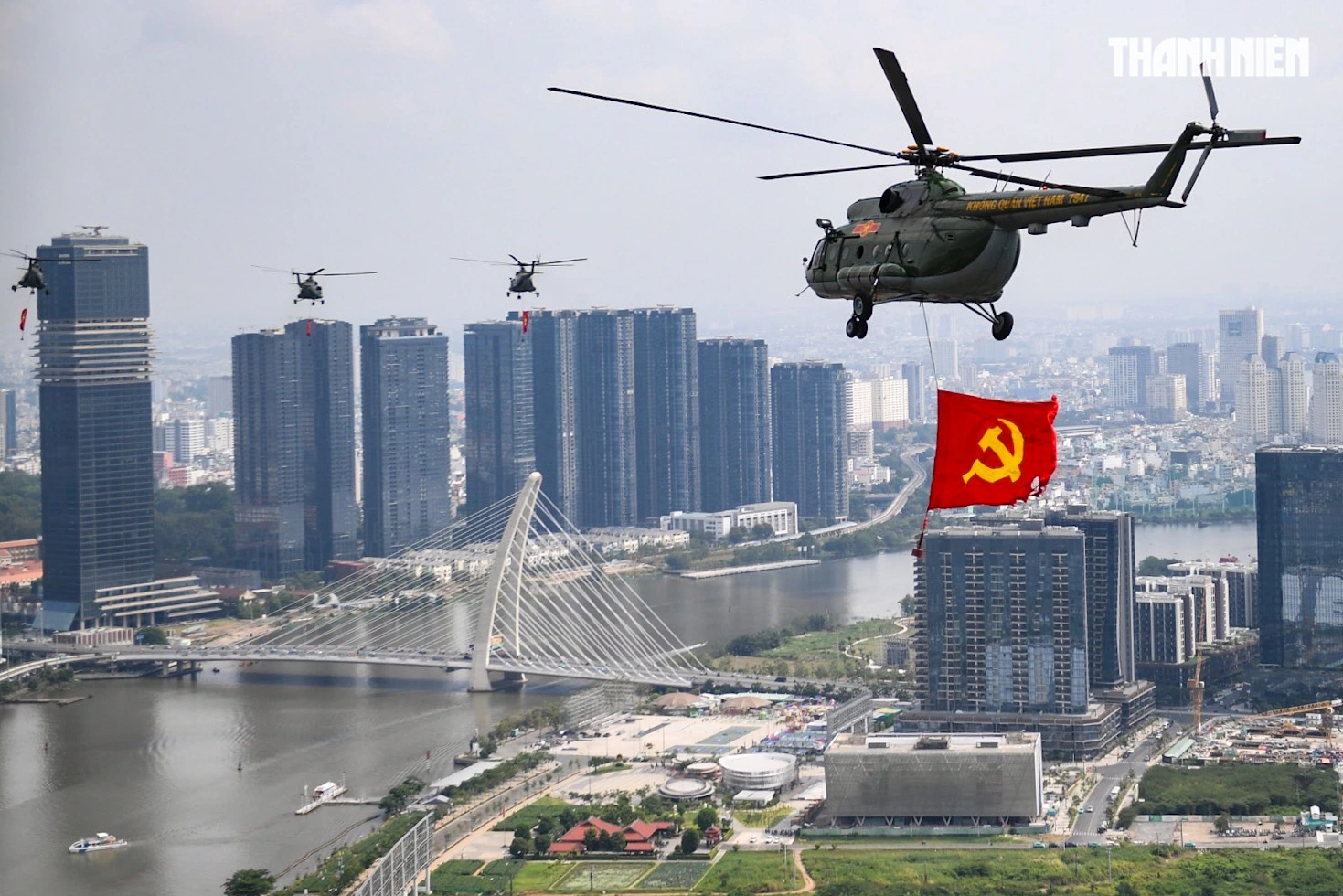
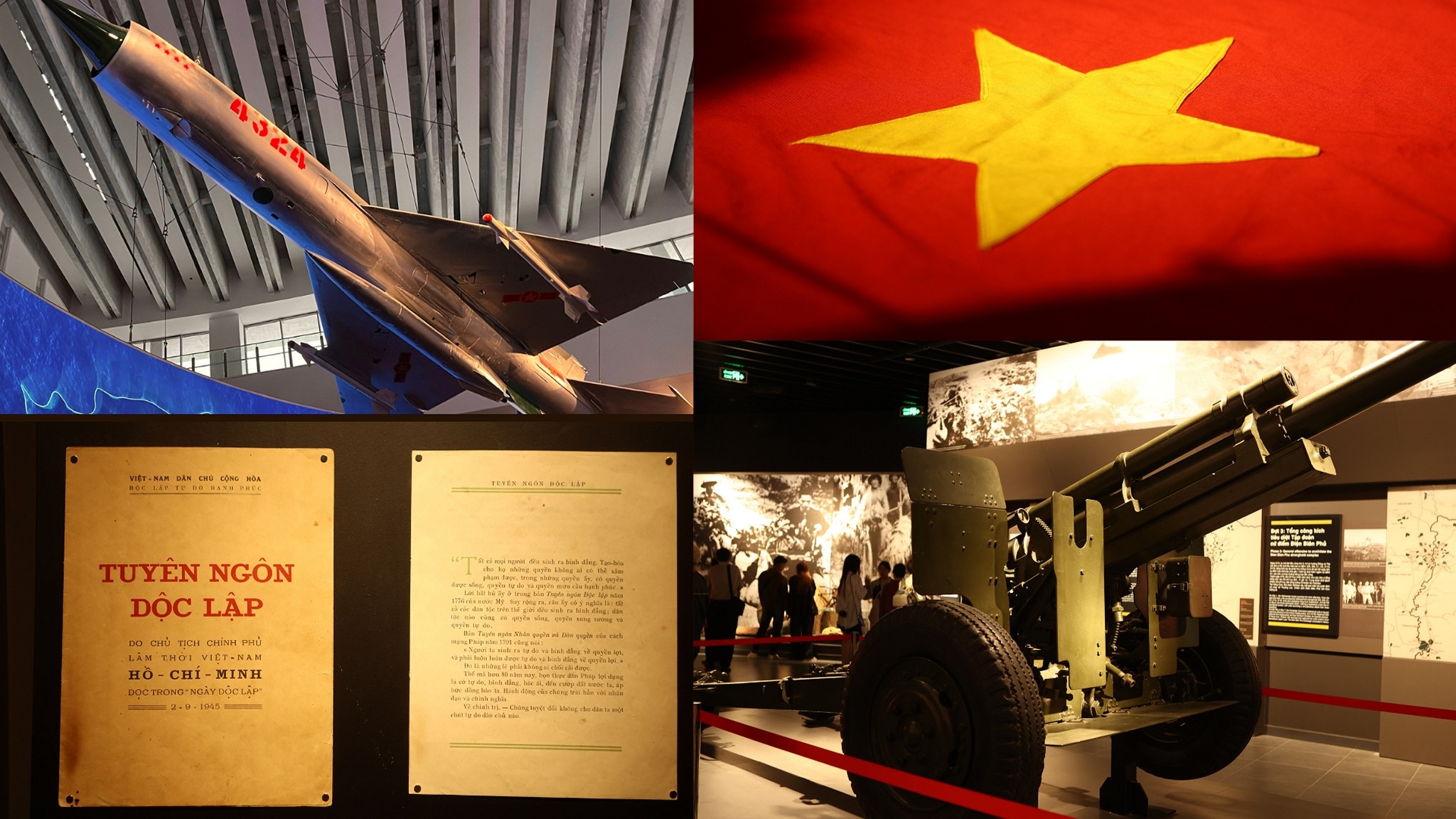
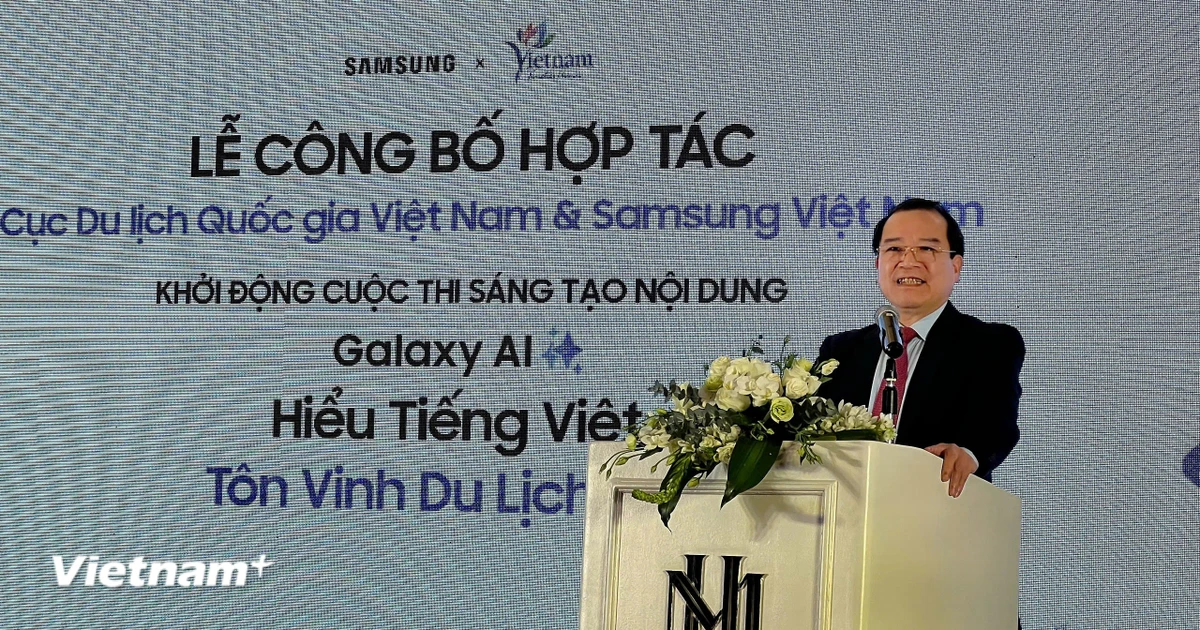
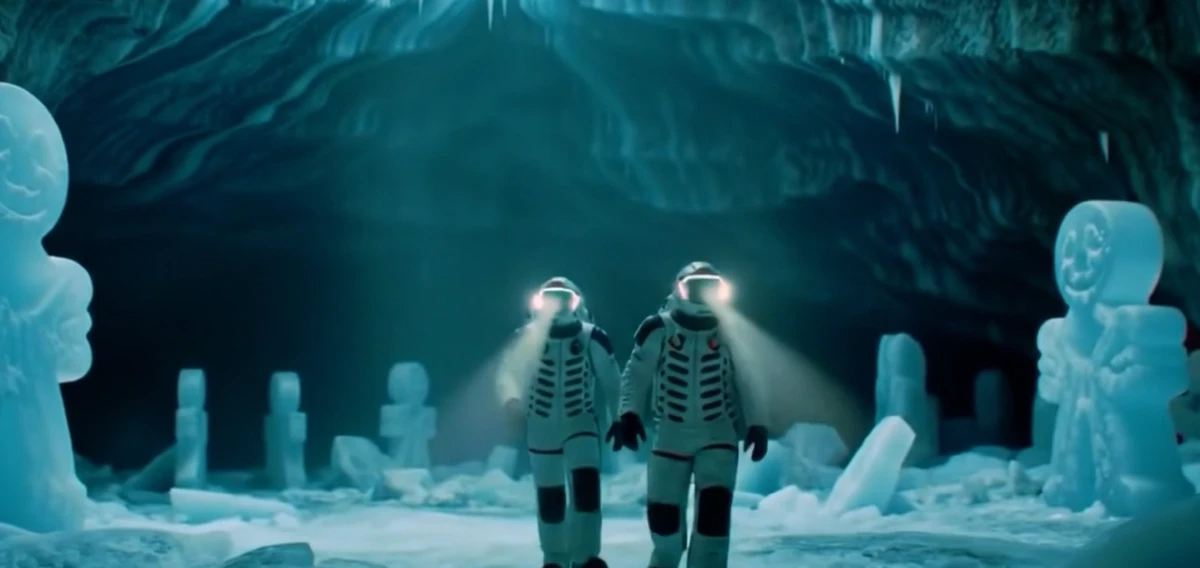


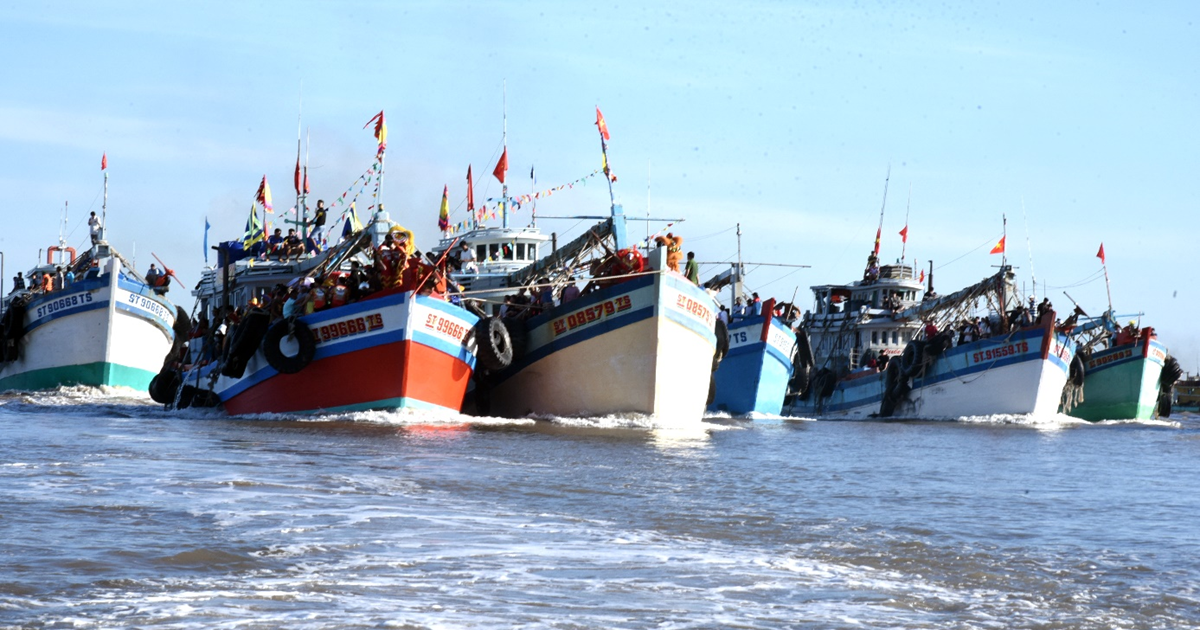



















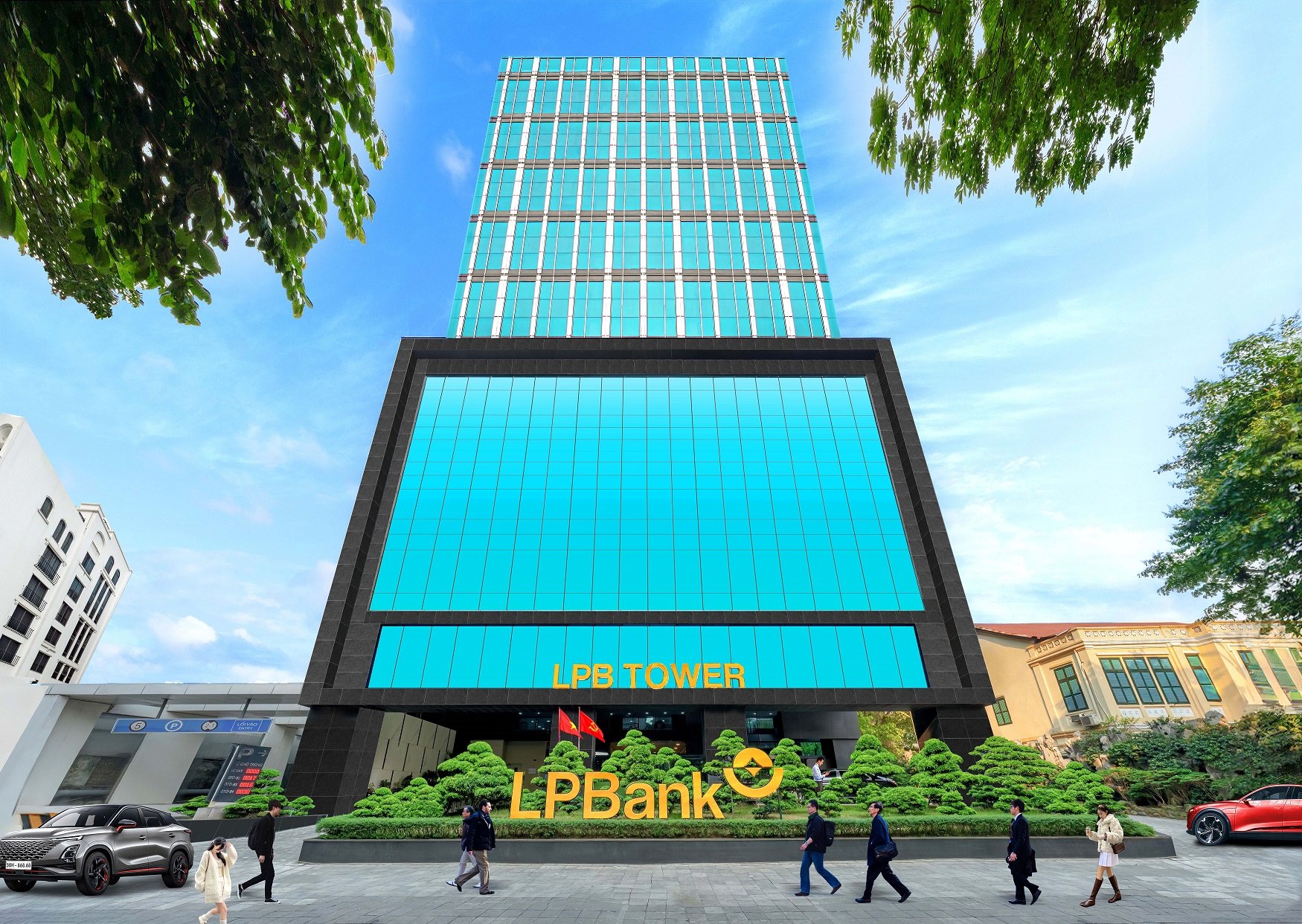








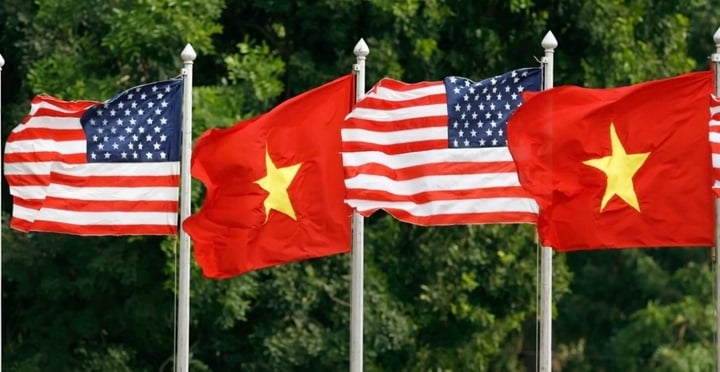

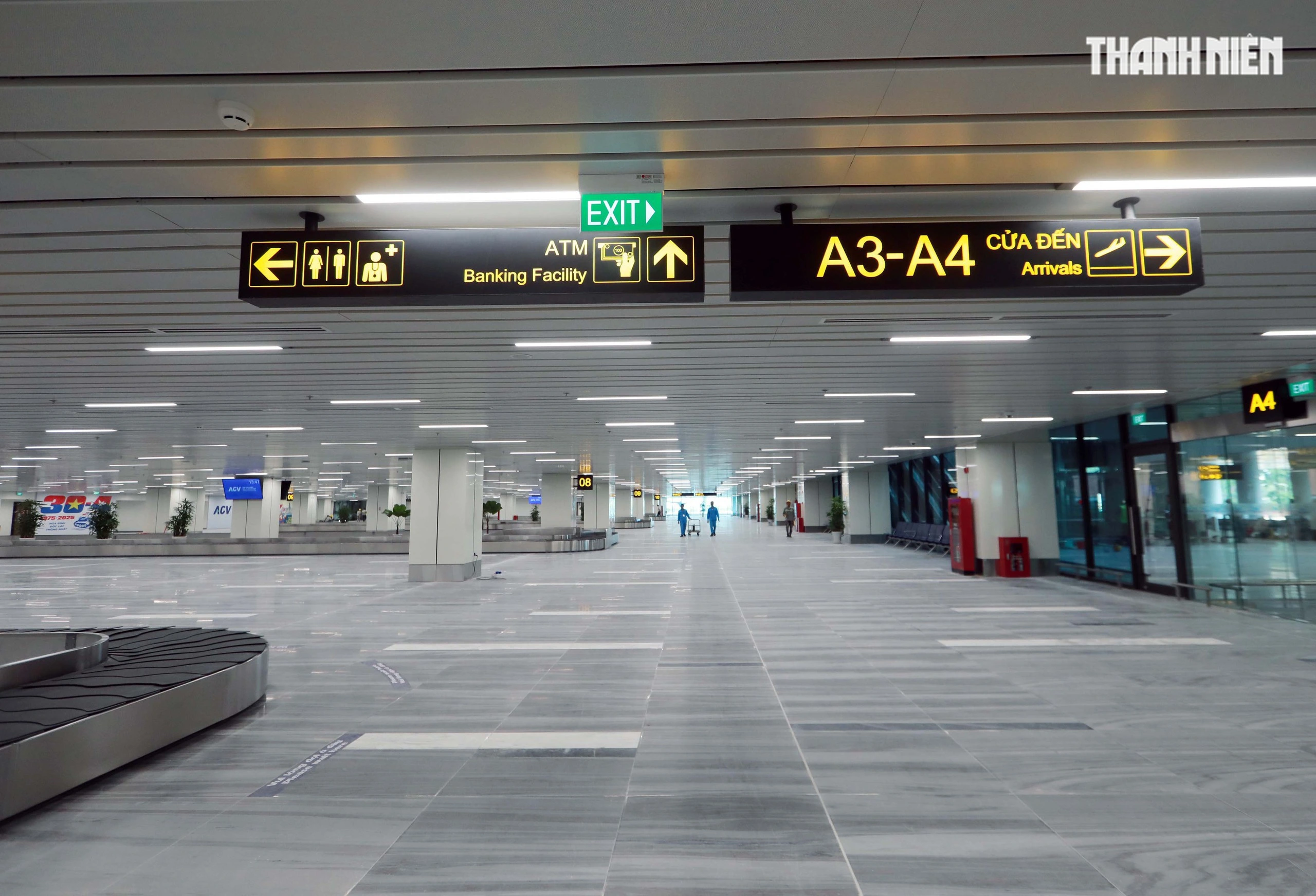
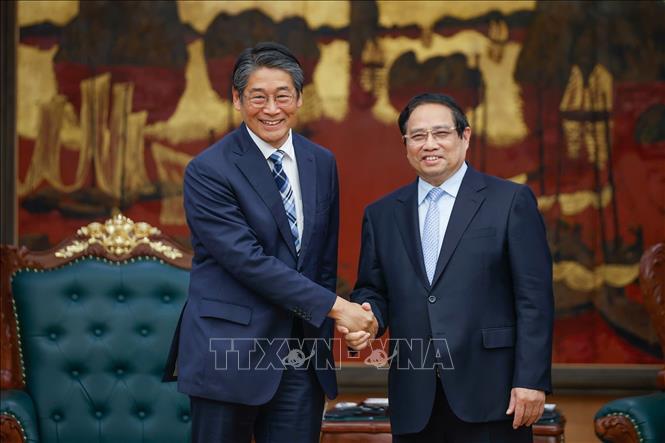


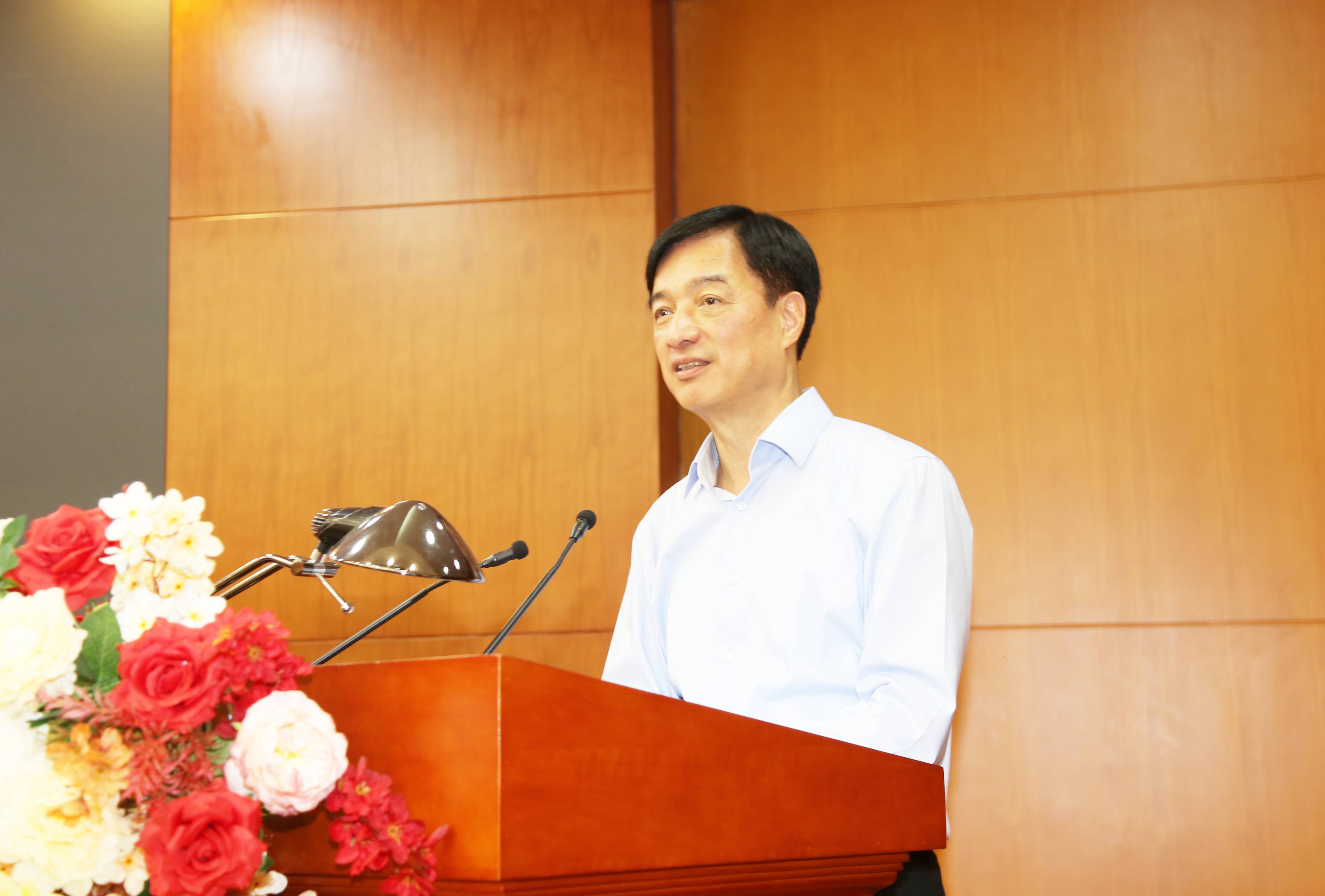





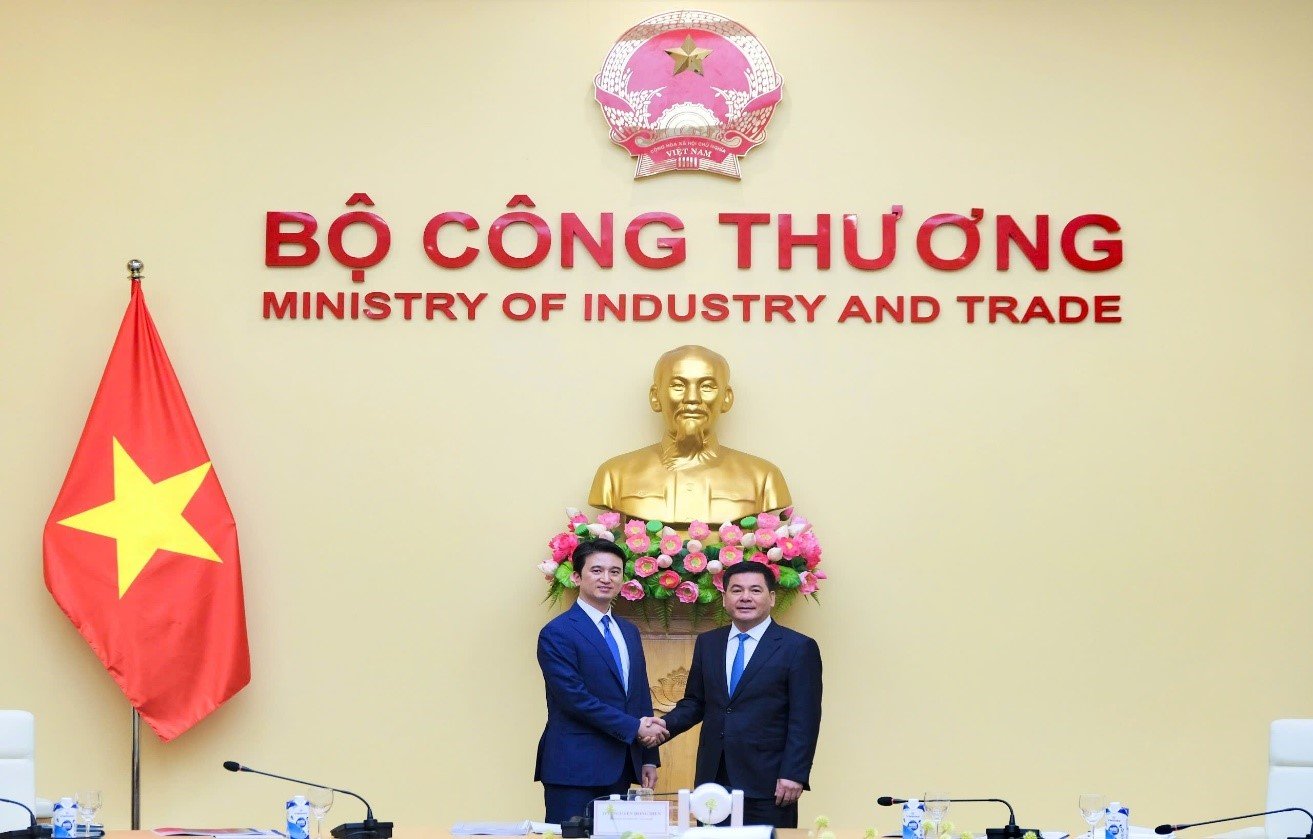

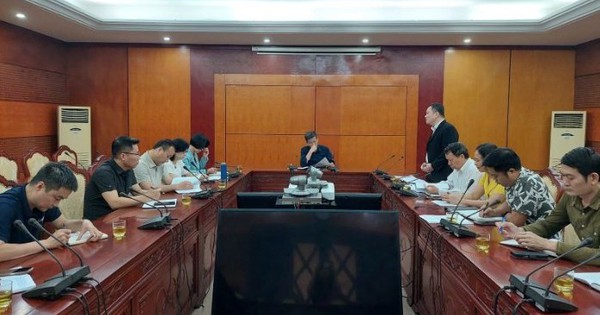
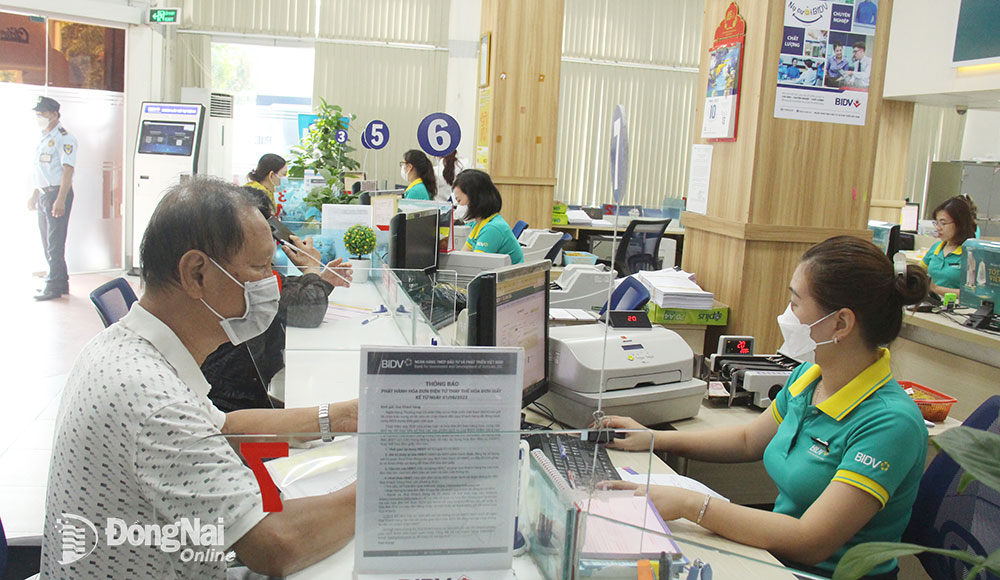


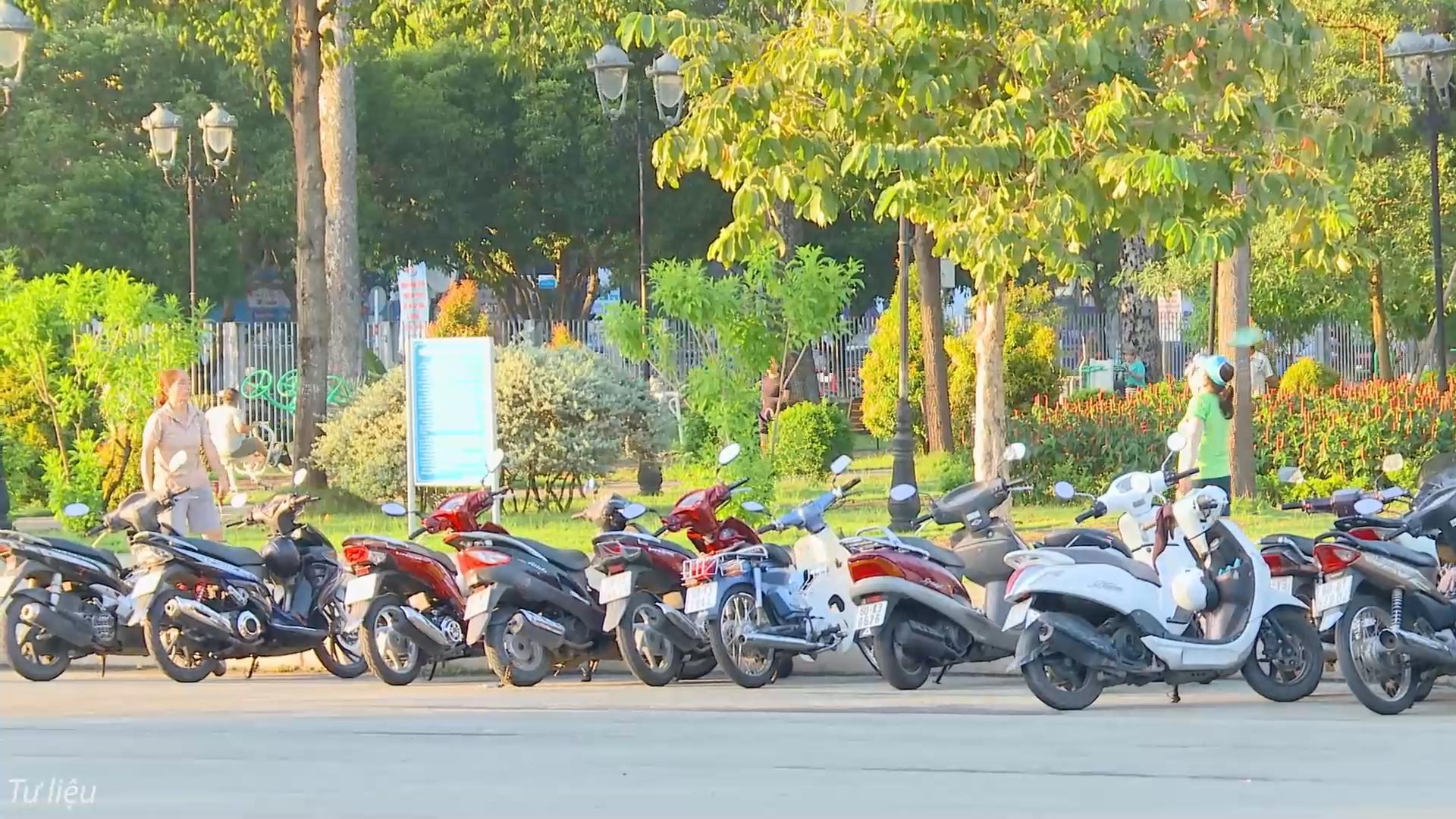
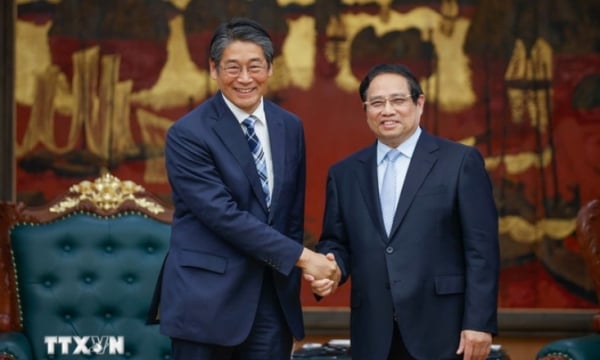
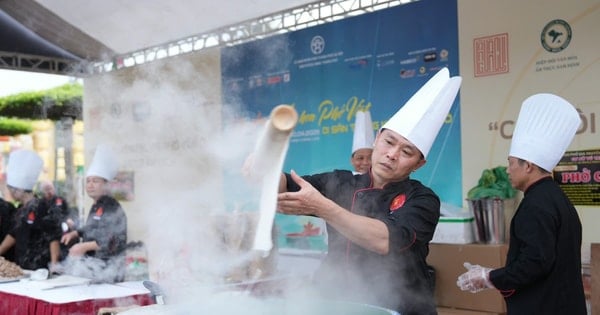

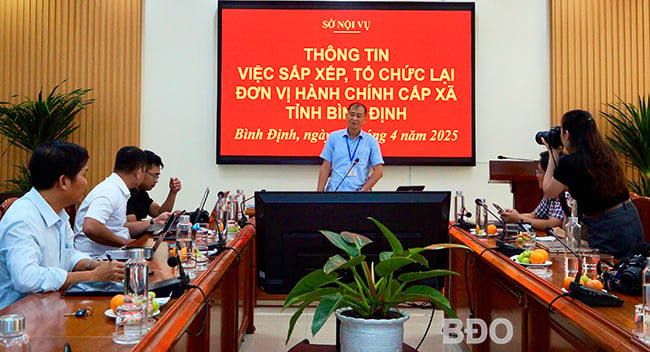










Comment (0)